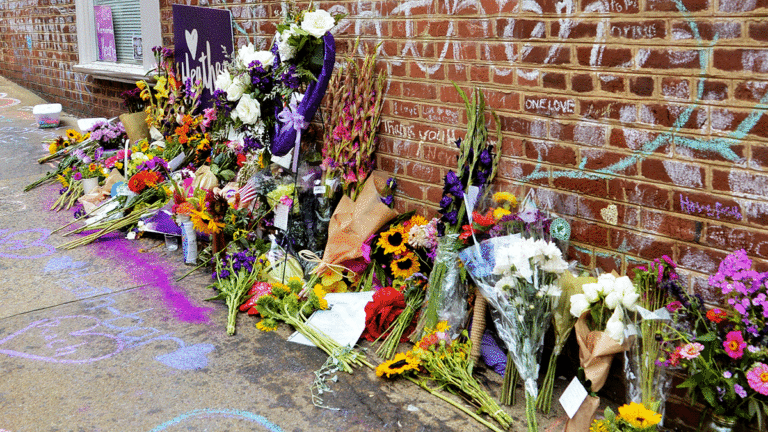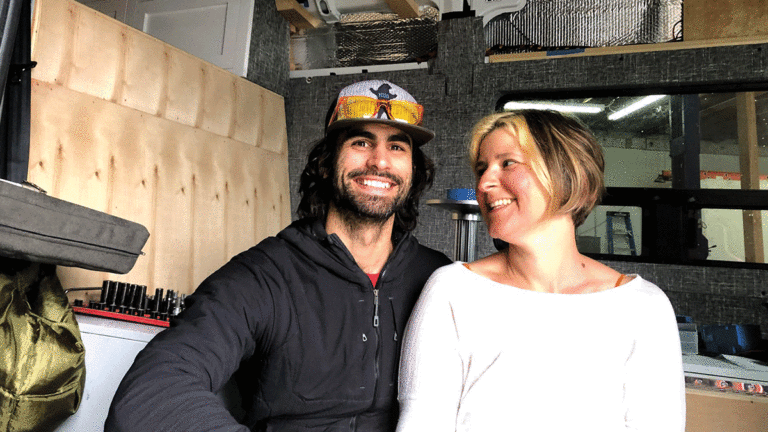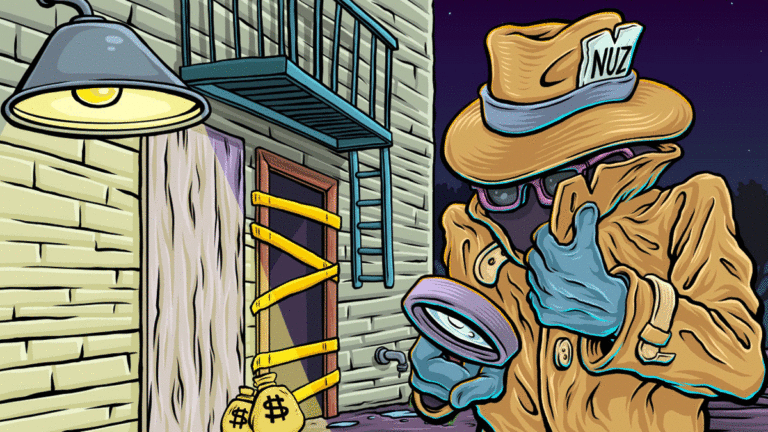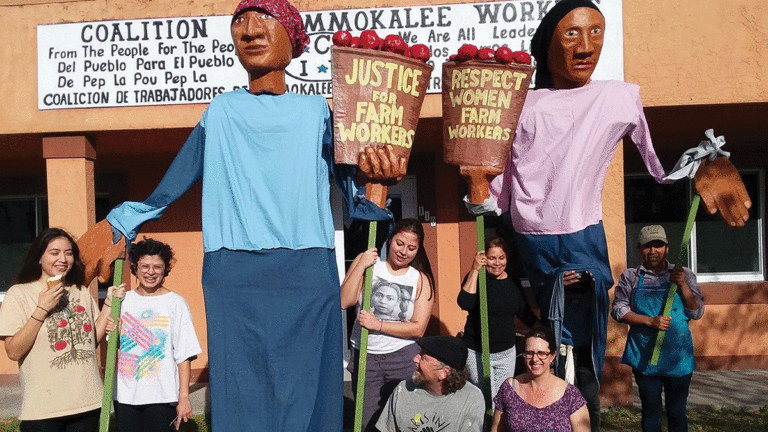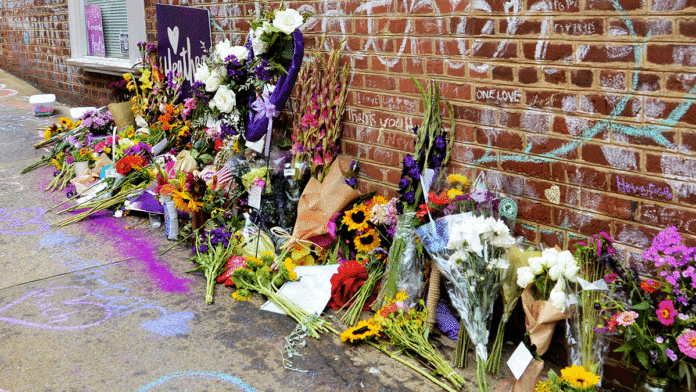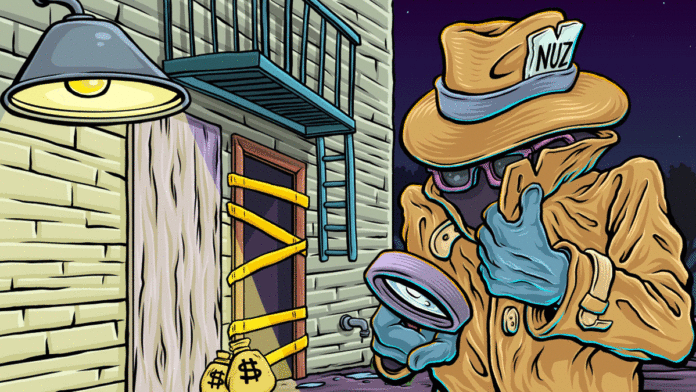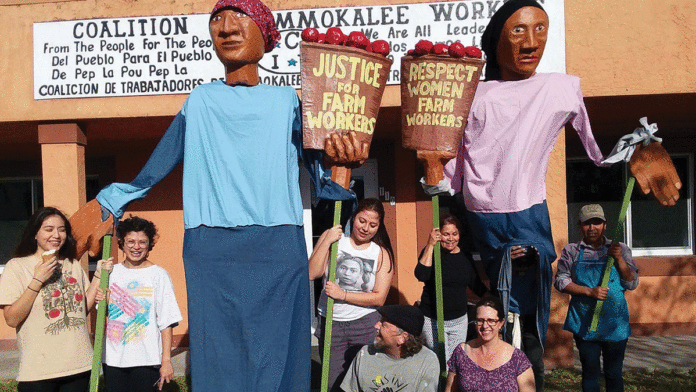EDITOR’S NOTE

We’ve been planning this week’s cover story for quite a while. With the second anniversary of Charlottesville approaching, and former Virginia Gov. Terry McAuliffe in town with his new book on the subject, it seemed like an important story. McAuliffe was thrust into the national spotlight when he spoke out defiantly against the white supremacists who had come to his state in August 2017 to stage a violent “Unite the Right” rally, with one of them murdering Heather Heyer and injuring 19 others by driving his car into a crowd of counter-protestors. McAuliffe’s condemnation of the racists stood in stark contrast to the infamous remarks made by President Donald Trump, who outrageously declared there were “very fine people on both sides.” With his credibility as a leader well-established, and his first-hand insights into the state of emergency that the violence in Charlottesville created, McAuliffe is a natural choice to turn this tragedy into an opportunity to set an agenda for combatting the new wave of white supremacy. Likewise, our own Steve Kettmann, who worked with McAuliffe on the former governor’s previous book, and was actually the one who suggested that he pursue this Charlottesville book in the first place, seemed like the ideal person to interview him for the cover story.
There was no way we could have known that the events of last week would make this story even more timely. Trump’s attacks on four Democratic congresswomen of color at a rally in North Carolina last Wednesday—which led to chants of “Send her back!” that the president later falsely claimed to have tried to stop, before flip-flopping again to praise the widely-denounced racist agitators—added a level new level of intensity to the battle to protect the basic rights and moral principles of our country that are under attack.
Kettmann was able to update the story with McAuliffe’s thoughts on these latest events, tying them in to how racial issues have surfaced recently in the 2020 presidential campaign. So after you’ve finished the cover story, I urge you to also take a look at those comments in the Q&A sidebar. Thanks to Kettmann for his extra work on this story, and as always, thanks for reading.
LETTERS TO THE EDITOR
Read the latest letters to the editor here.
Measure S In Action
As an educator, parent, and active volunteer with the Friends of the Capitola Library, I was thrilled to see Wallace Baine’s article (GT, 7/10) celebrating our brand-new library, now under construction. This is a real community accomplishment—the result of years of planning, fundraising, and campaigning for Measure S—the 2016 bond measure that’s now funding improvements at all 10 branches in the Santa Cruz Public Library System.
And even though Capitola is my local branch, I want to add a strong voice of support for the library mixed-use project now planned for downtown Santa Cruz. The downtown branch is the largest, most heavily used branch in the system, and it holds many special collections and services that all the other branches depend on, but it’s in terrible condition and way past its useful lifetime. The library mixed-use project can be a keystone project for downtown, providing a first-class new library, affordable housing, and much-needed parking for workers and visitors. Including libraries as part of mixed-use projects, with housing and other amenities, is a successful trend all over the country. This is an opportunity that Santa Cruz cannot afford to miss.
Toni Campbell
Soquel
Transform Our Political Culture
Dave Ceppos from Sacramento State’s Center for Consensus and Collaboration recently told the Santa Cruz City Council, “I feel badly for this community…This community is about to go on a war footing for the next two years.” He was referring to the recall attempt of two City Council members. Overheated rhetoric and mudslinging are nothing new to Santa Cruz. But it doesn’t have to be that way.
Now more than ever, we need to transform the political culture in our local community. I want to invite people from all political perspectives to join me in a workshop to explore “Politics and the Art of Communication.” We’ll use role plays to practice how we can express our needs clearly and powerfully, and in a way that is least likely to provoke defensiveness. And find reasons to empathize with the needs motivating opponents. Saturday, July 27, 9:30-12:30, Resource Center for Nonviolence, 612 Ocean St. Please pre-register at NVCsantacruz.org as space is limited.
Rick Longinotti, MFT
Santa Cruz
Justice Served?
Re: “Musical Justice” (GT, 7/17): Is it unreasonable to wonder if the Ruth Bader Ginsburg cult—is there any other word for it?—is really a healthy thing in a constitutional republic?
Are the Ginsburg cultists—again, can anyone say that is an unreasonable description?—remotely capable of a critical judgment of any of her acts as a public servant? Do they find it offensive that anyone would refer to her as a public servant?
Albert Alioto
San Francisco
Dunn It Again
Geoff Dunn has done it again! “In Search of Ah Fook” (GT, 7/10) has to be one of the best pieces of local historical writing published in Good Times.
Hope to see more of these. Thank you, Geoff, and keep up the good work!
Edita McQuary
Watsonville
Showing Initiative
Geoffrey Dunn did a great job with the Ah Fook article. I am sure the Ow Family enjoyed it, and, as it turns out, Santa Cruz has already reaped the benefits from the Ow Family—it is called “community private initiative in action.”
Ben Vernazza
Santa Cruz
PHOTO CONTEST WINNER

Submit to ph****@*******es.sc. Include information (location, etc.) and your name. Photos may be cropped. Preferably, photos should be 4 inches by 4 inches and minimum 250dpi.
GOOD IDEA
HART OFFER
Recruitment is underway for Sheriff Jim Hart’s advisory team. Sheriff’s Advisory Team members meet with Hart once a month to share concerns and solutions that will make our community a better place to live. The team will also get a behind-the-scenes look at the county’s facilities and jails, and go on ride-alongs with patrol staff. For information, call 454-7618 or
email Da*************@*************ty.us.
GOOD WORK
SCURRY OF INTEREST
We would like to congratulate Emily the Live Oak squirrel, who dominated news coverage this month. In the process, the infamous squirrel gave us a respite from the normally grim local news cycles. She garnered headlines first for biting her human neighbors, then for getting kidnapped (ahem, we mean relocated) and finally for escaping and running away. Here’s hoping she moves to Santa Cruz, so that she can run for City Council.
QUOTE OF THE WEEK
Quote of the Week “‘Those who are preaching hate in our country will be asked to leave,’ says Donald Trump, not understanding irony.”
-Ronan Farrow


